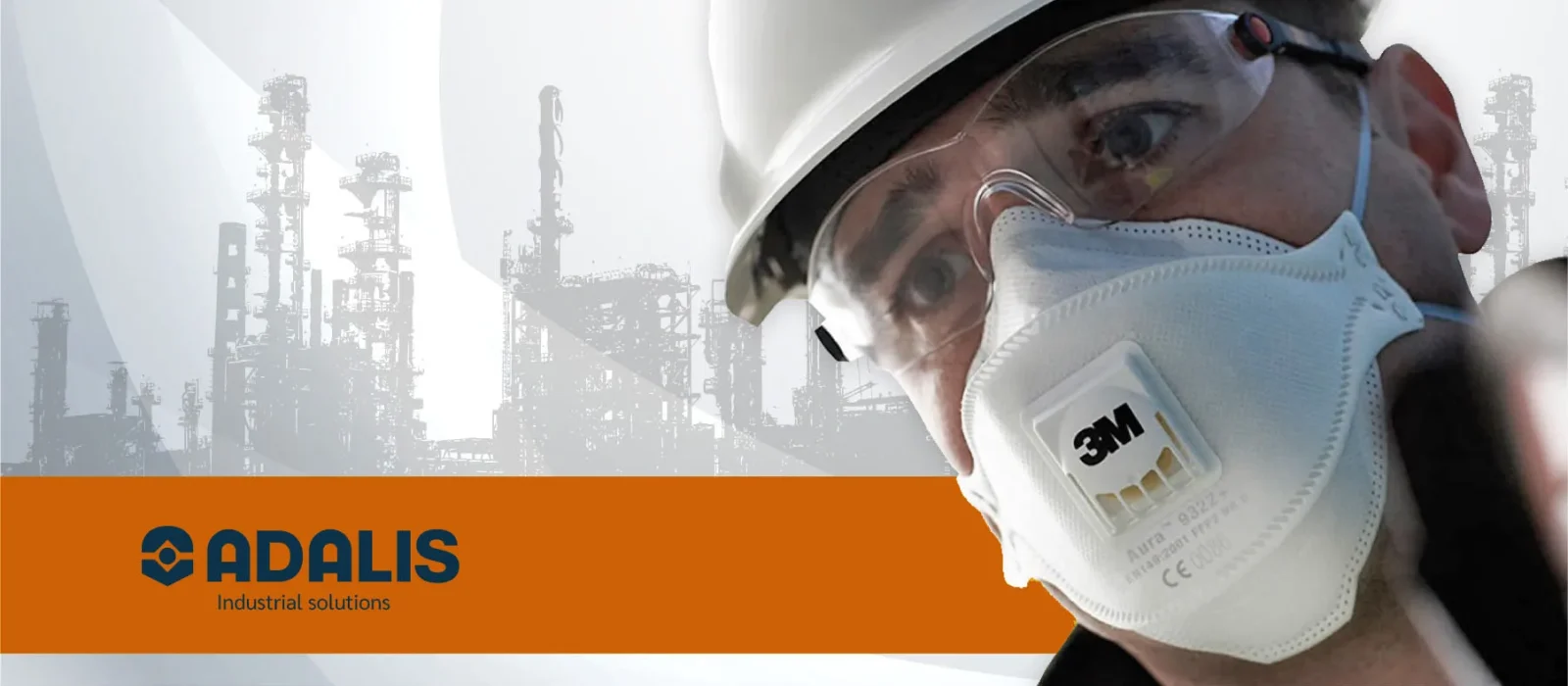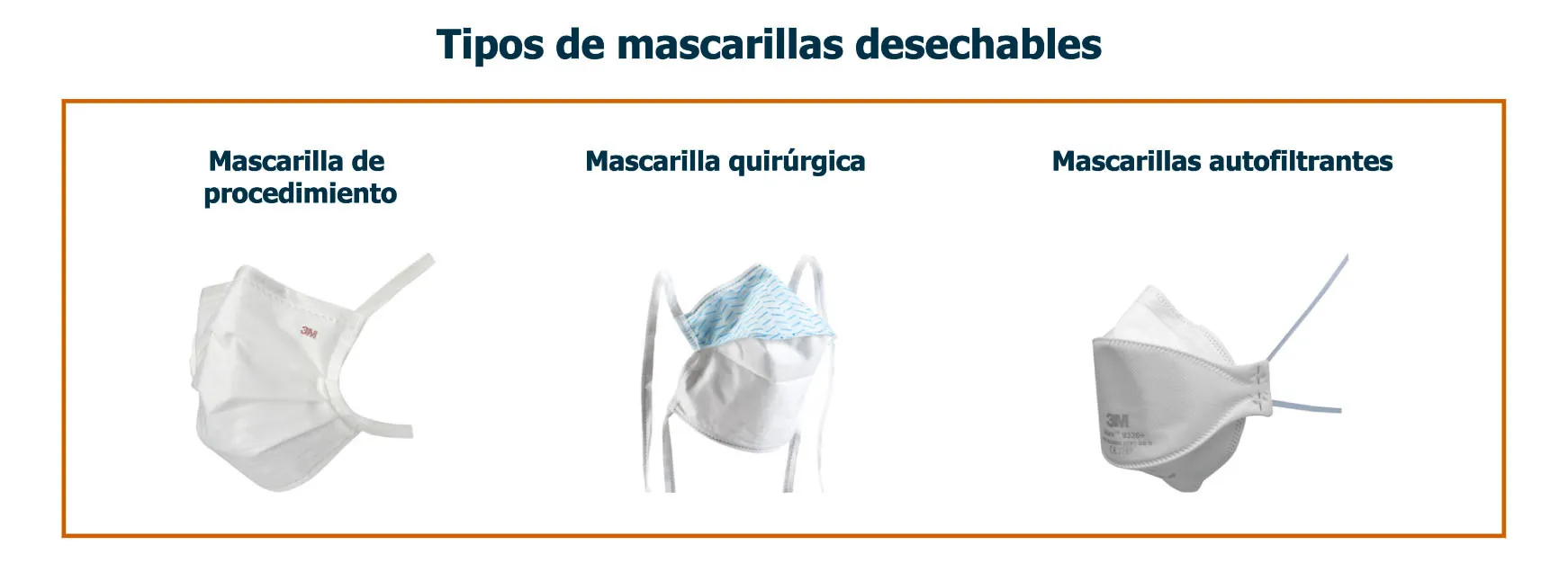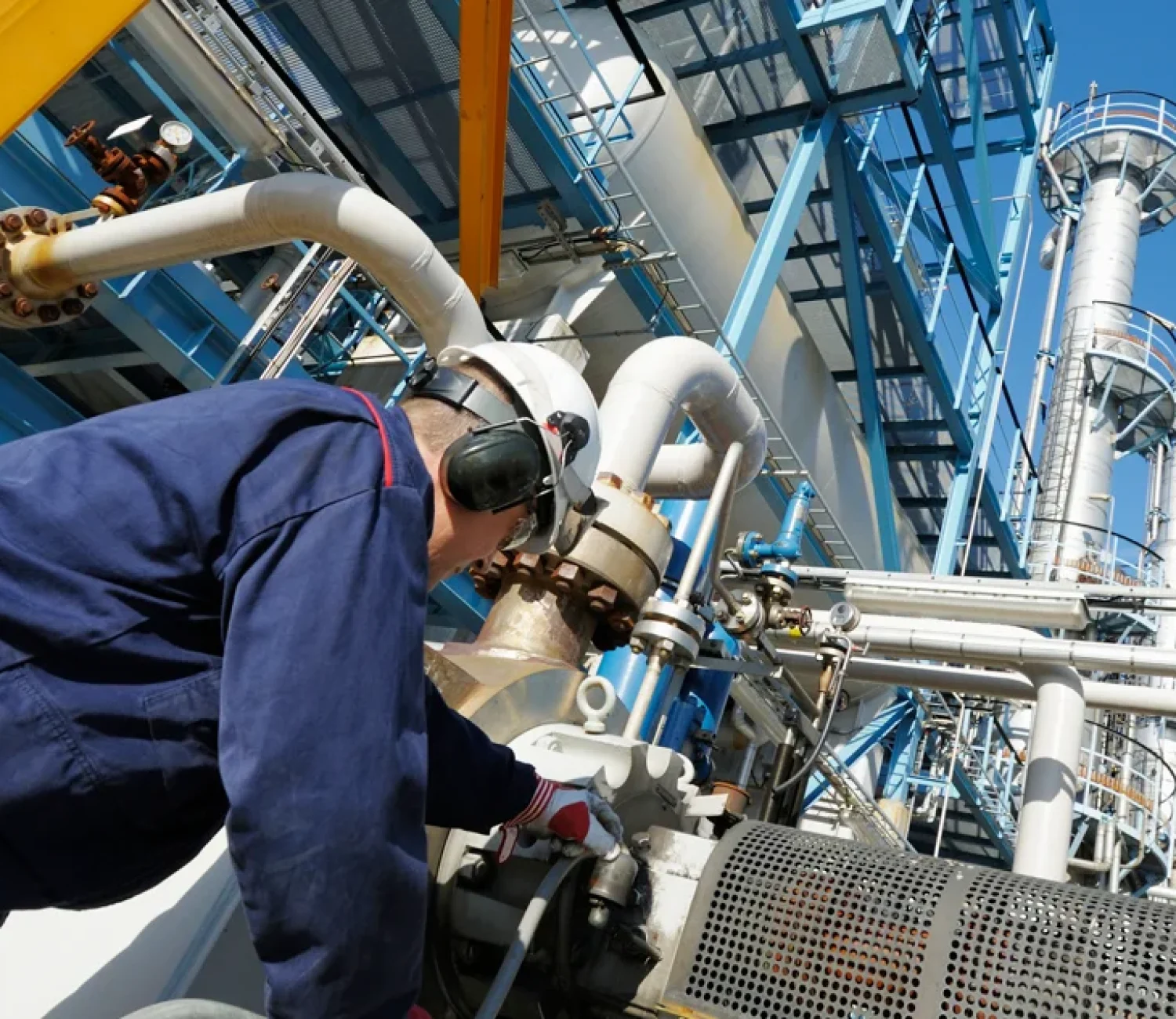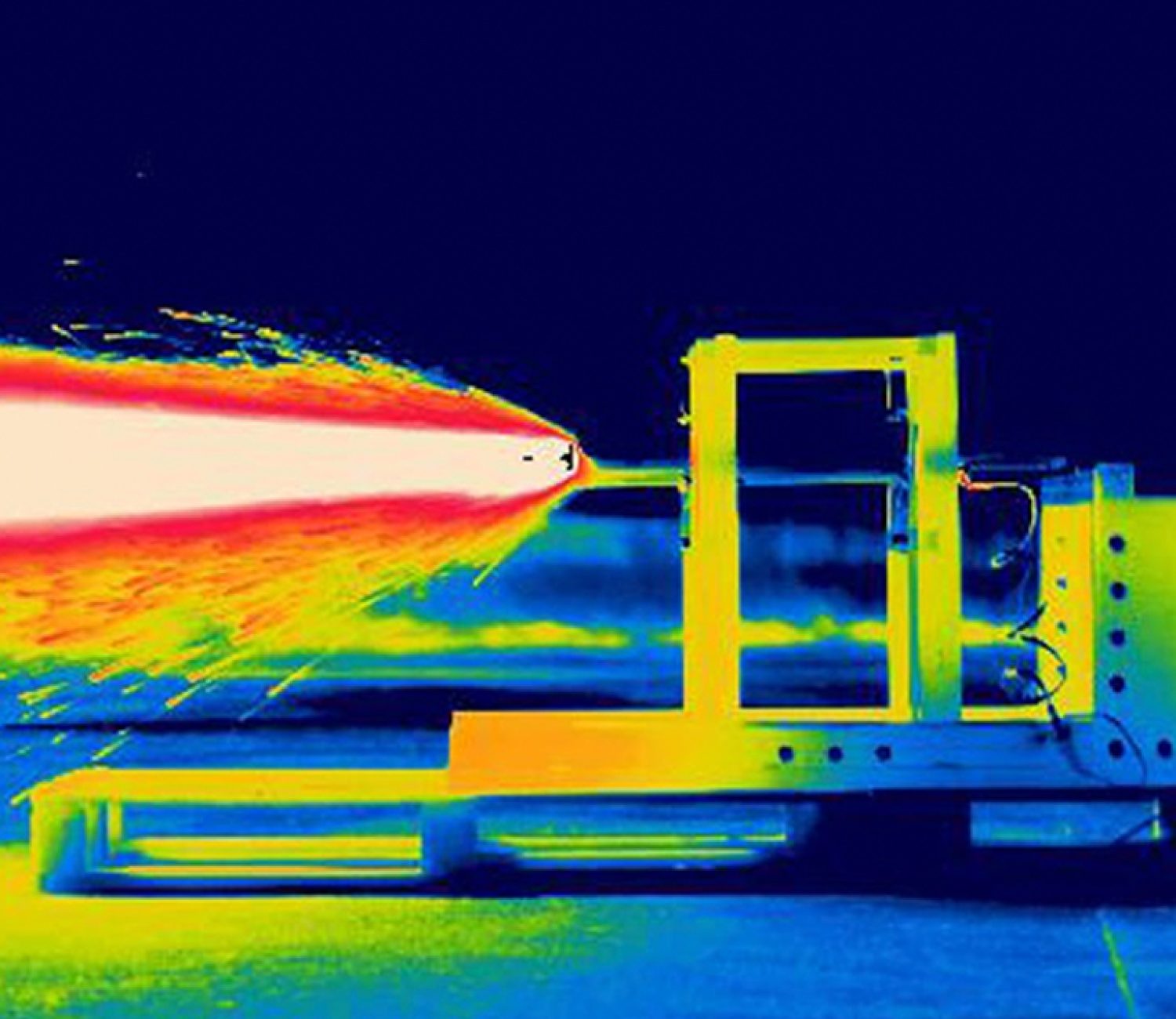The society in which we live has undergone a cultural change in terms of the use of the Internet. disposable masks. This change has been brought about by the SARS-CoV virus or as it is commonly known COVID-19.
In this blog post we explain what types of disposable masks exist and the characteristics of each one of them.
Before we start, we leave you the link to one of our previous entries where we explain the types of reusable masks and its peculiarities.
What is a disposable mask?
A disposable mask is a face mask that serves as respiratory protection against external agents such as bacteria or other particles harmful to the body.
Disposable masks are generally not reusable. This is because the protection they offer is no longer as effective after a few hours.
Masks FFP (Filtering Face Piece)The following are marked with an embroidered nomenclature that indicates whether they can be reused (R) or, on the contrary, they must be discarded after use (NR).
The following are the different types of disposable FFP masks and their characteristics:
FFP1 Mask (Low Protection)

They have a minimum filtration efficiency of 78% and a maximum inward leakage rate of 22%.
The most common applications for an FFP1 disposable respirator are environments with low levels of dust that are not harmful to health.
FFP2 Mask (Medium Protection)
FFP2 masks protect the user and filter particles of ambient concentrations up to 12 VLA (Ambient Limit Values).
Protect against harmful water- and oil-based particles. They do not protect against carcinogenic substances, radioactive particles, airborne biological agents of risk group 3 and enzymes.
They have a minimum filtration efficiency of 94% and a maximum inward leakage rate of 8%.
Typical applications for an FFP2 disposable respirator include handling soft wood, metal, plastics (non-PVC) and oil vapor.
FFP3 Mask (High Protection)

FFP3 masks protect the user and filter particles of ambient concentrations up to 20 VLA (Environmental Limit Value).
They protect against harmful and carcinogenic water- and oil-based particles, as well as radioactive particles, airborne biological agents of risk group 2+3 and enzymes.
They have a minimum filtration efficiency of 98% and a maximum inward leakage rate of 2%.
Typical applications for an FFP3 disposable respirator are, for example, the handling of heavy metals, hard wood, brake dust, radioactive substances, pathogens such as viruses, bacteria and fungal spores, as well as the welding of stainless steel.
In ADALIS Industrial Solutions we have the disposable masks that we have mentioned in this post. Our experience and the close collaboration we have with 3M allows us to solve any possible doubts you may have about what type of mask to use. Contact us with our professional team.










